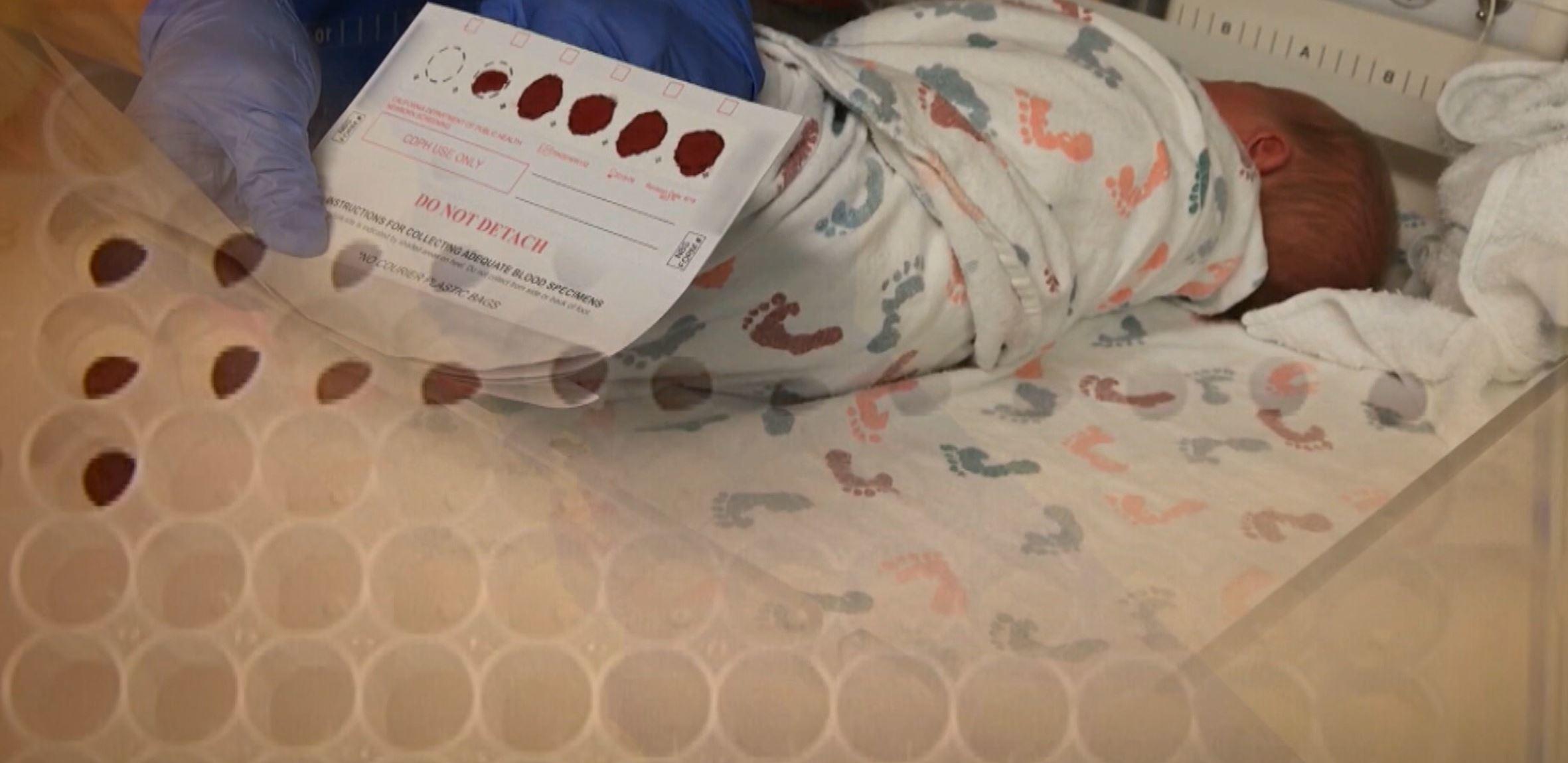CalPERS' Pension Fund Grows Nearly 21 Percent, Best In 14 Years
SACRAMENTO, Calif. (AP) -- California's two largest public pension funds posted their highest investment returns since before the recession, with each reporting returns of more than 20 percent for the fiscal year ended June 30, the investment teams announced Monday.
Despite the windfalls, both funds still face tough questions about whether they will be able to meet their obligations to millions of retirees and their families in the long run
However, the top-drawer returns gave new ammunition to pension supporters against calls by critics for sweeping pension reform at the state Capitol or through the ballot box.
"These healthy returns at a time when the economy is struggling should put an end to the doom-and-gloom scenarios of politicians who want to take a wrecking ball to our state's pension funds," said Dave Low, chairman of Californians for Retirement Security, a coalition of public employee groups.
Public pension costs have drawn political pressure and efforts to drastically revise the system at the Capitol or at the polls. Public employees have been pushing back, arguing that pensions can be fixed with relatively minor changes to curtail abuses and that the recession's effects would dwindle over time.
Retirement benefits are paid from investment returns and from contributions made by workers and the governments that employ them. Every dollar generated through investments is a dollar that doesn't have to come from one of those other sources.
The California Public Employees' Retirement System, the nation's biggest public pension fund, reported a one-year return of 20.7 percent, with gains in nearly every investment category.
That preliminary figure was the best after-fees return in 14 years for CalPERS, which oversees benefits for 1.6 million current and retired state and local government employees and their families.
It's also the second consecutive year CalPERS topped the 7.75 percent investment return target assumed in its long-range financial model.
Still, critics say the assumption is too optimistic and retirement benefits are too high, leaving taxpayers on the hook for costs the system will not be able to cover.
"While we can't assume that we'll sustain this high level of earnings, we have averaged a net return on investments of 8.4 percent for 20 years," said Joseph Dear, the fund's chief investment officer.
Dear warned that uncertainty is much higher for the year ahead because investors can't count on continued fiscal and monetary stimulus from the federal government, which faces a potential problem with its debt ceiling.
"I don't want expectations to become inflated," Dear said in a conference call with reporters.
The gain for 2010-2011 was due largely to a 30.2 percent annual return on the fund's stock portfolio, but other investments also saw increases. Private equity stakes returned 25.3 percent and real estate returned 10.2 percent through March 31, the most recent data available. The real estate portfolio didn't hit its target for returns, almost entirely because of weak performance in housing and land development investments.
In all, the gains helped boost the fund's value to $237.5 billion, up from $200.5 billion a year ago.
Assets fell as low as $165 billion in 2009, after a 2008 drop in the stock market and global credit freeze cut the fund's portfolio value by tens of billions of dollars. The fund still has not returned to its pre-recession peak of about $265 billion, Dear said.
The state's second-largest pension fund, which covers teachers and school administrators, announced even larger gains. The California State Teachers' Retirement System posted a 23.1 percent return for the fiscal year, its highest in a quarter-century.
That's nearly twice the 12.2 percent gain the previous year, but CalSTRS, too, is clawing back from a 25 percent loss in 2008-2009. Fund officials say the system eventually will need more money, and it's unrealistic to expect such booming returns to continue.
The Legislature will have to address the long-term funding problem because, unlike CalPERS, the teacher retirement system can't unilaterally increase the amount of money the state pays to cover retirement benefits.
"Without legislative approval for increased contributions, even given this past year's impressive performance, CalSTRS would need a more than 20 percent investment return each year for the next four years to achieve full funding in 30 years, an impractical expectation," chief executive Jack Ehnes said.
Long-term projections at CalSTRS suggest the system will fall $56 billion short of the money it needs to meet all its benefit obligations over the next 30 years, and the longer the state waits to make changes, the higher that number is likely to go.
"Solid performance in the past two fiscal years puts some wind in our sails, but it doesn't make up for a lost decade of returns" stemming from the recessions that hit at each end of the past decade, said CalSTRS chief investment officer Christopher Ailman.
It's unclear how the California funds compare with other big pension players on recent investment returns. Several large public pension funds recently have posted double-digit investment returns, but for fiscal years that ended March 31.
But 20-percent-plus returns are "clearly not sustainable," said Christopher Thornberg, a founding partner with Beacon Economics. Stocks bounced back sharply in the past year after falling too far in the aftermath of the recession, and still may give back some of those increases as financial markets continue to adjust to the economic situation, he said.
Even the 7.75 percent return target may be too high when safe investments pay half that rate, Thornberg said.
"They're pension funds, they're not supposed to be taking big risks," he said.
(Copyright 2011 by The Associated Press. All Rights Reserved.)



